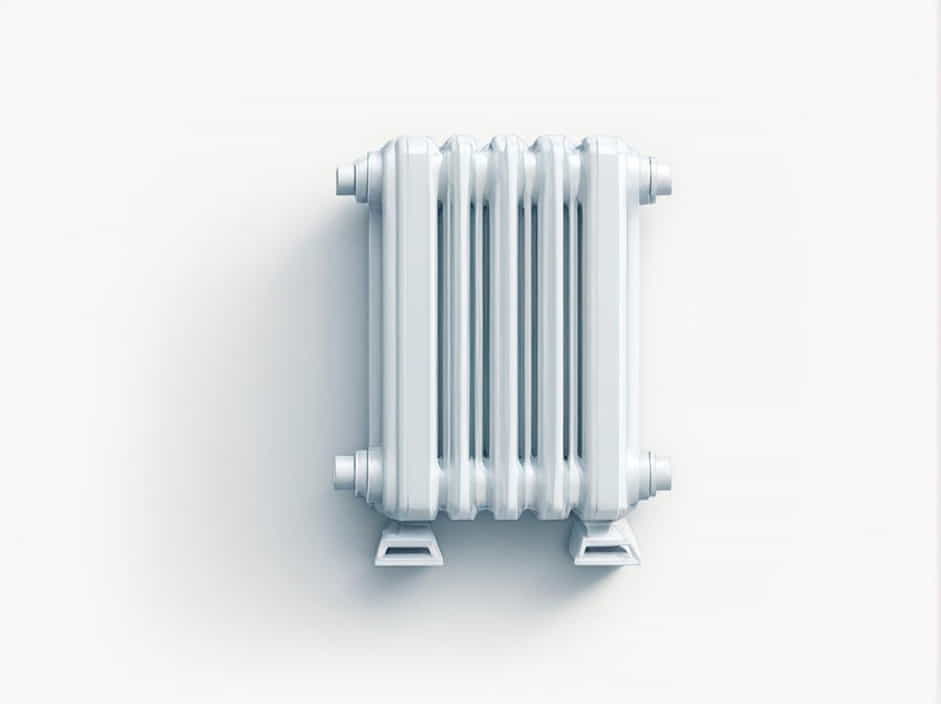Bleeding a radiator is an essential maintenance task to ensure your heating system runs efficiently. Over time, air can become trapped in the system, causing cold spots and reducing the radiator’s ability to heat a room properly.
A common question homeowners ask is: Can you bleed a radiator while it is running? The short answer is no, it is not recommended. In this topic, we will explain why, along with the correct procedure to bleed a radiator safely and effectively.
Why You Should Not Bleed a Radiator While It Is Running
Bleeding a radiator while your heating system is on can cause several problems, including:
1. Risk of Burns
✅ When the heating system is running, the water inside the radiator is hot.
✅ If you open the bleed valve, hot water or steam can escape and cause burns.
✅ The metal parts of the radiator can also be very hot to touch.
2. Increased Pressure in the System
✅ When the heating system is active, the pressure inside the pipes and radiators is higher.
✅ Opening the bleed valve suddenly can cause water to spray out forcefully.
✅ This can lead to messy spills and potential damage to nearby surfaces.
3. Ineffective Air Removal
✅ Bleeding a radiator requires the system to be off so air can settle at the top.
✅ If the heating is on, water is circulating, making it harder to remove trapped air.
✅ This means you might not fully remove the air, and the radiator may still not heat properly.
When and How to Bleed a Radiator Properly
To ensure safety and effectiveness, follow these steps when bleeding your radiator:
Step 1: Turn Off the Heating System
✅ Switch off your boiler or central heating system.
✅ Wait at least 30 minutes to allow the water inside to cool.
Step 2: Prepare Tools and Safety Measures
✅ You will need a radiator key (or a flathead screwdriver for some models).
✅ Have a cloth or small container ready to catch any dripping water.
✅ Wear protective gloves if the radiator is still warm.
Step 3: Locate and Open the Bleed Valve
✅ Find the small square-shaped valve on the top side of the radiator.
✅ Insert the radiator key and turn it counterclockwise slowly.
✅ You will hear a hissing sound, which indicates trapped air is escaping.
Step 4: Close the Valve Once Water Flows
✅ When water starts to drip steadily without air bubbles, the radiator is fully bled.
✅ Turn the valve clockwise to close it securely.
✅ Wipe any excess water to prevent rusting.
Step 5: Check and Adjust Boiler Pressure
✅ After bleeding, check your boiler’s pressure gauge.
✅ If the pressure has dropped too low, repressurize the system following the manufacturer’s instructions.
Step 6: Turn the Heating Back On
✅ Restart your heating system and allow radiators to warm up.
✅ Check for cold spots and repeat the process if necessary.
How Often Should You Bleed Your Radiators?
To keep your heating system efficient, consider bleeding your radiators:
✔ At least once a year, preferably before winter.
✔ If you notice cold spots at the top of the radiator.
✔ If your heating system is making gurgling or bubbling noises.
✔ After major maintenance or if your system has been turned off for a long period.
Bleeding a radiator is a simple but essential task for maintaining an efficient heating system. However, it should never be done while the heating is running due to safety risks and reduced effectiveness.
By following the correct steps, you can ensure your radiators heat properly, save energy, and extend the lifespan of your heating system. If you experience frequent air buildup, it may be worth consulting a professional to check for deeper system issues.
